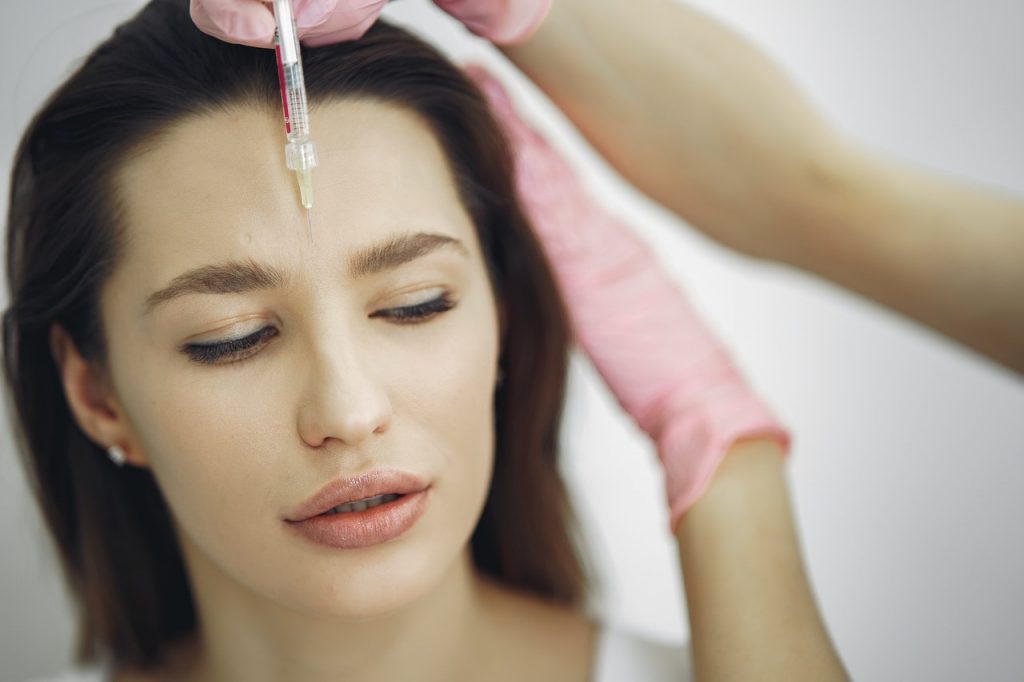This post is also available in Dutch.
To get rid of your wrinkles, you can use Botox. Botox is a muscle relaxant that is often injected in the facial muscles that cause a frown or crow’s feet. People use Botox to appear more youthful, but it’s sometimes claimed that Botox might also have side effects on communicating emotions. For example, artist and cosmetic surgeon Marsha Wichers shows in her Project Face Design how her facial expressions changed after Botox treatment. What does science have to say about this? Can others still recognise your emotions after you have used Botox?
Without crow’s feet your smile seems a little less sincere
Interestingly, little research appears to have been done in this regard. Two recent studies suggest that there is no cause for concern for Botox users. In an American study, researchers investigated the effect of treating crow’s feet with Botox on the way that people interpret your smile. This is relevant because some researchers claim that crow’s feet play an important role in distinguishing between different types of smiles: crow’s feet ‘smile with you’ in a genuine smile of pleasure, but not in case of a more social smile, for example one out of politeness.
Participants’ smiles were judged before and after Botox treatment for their crow’s feet. After Botox, their smiles appeared to be less happy, heartfelt, spontaneous, and intense. So, for these Botox users, their smiles were interpreted less as genuine smiles of pleasure. These effects, however, were very subtle, so I would not worry about it if I were a Botox user.
Without a frown you appear a little less angry
In another study, researchers looked at Botox treatment for the frown between your eyebrows. They were interested in the effect of such a treatment on the way you can convey the six universal emotional facial expressions: happiness, anger, disgust, fear, sadness, and surprise. Participants (all women) watched six videos – each one to incite one particular emotion – while being filmed with a hidden camera. Afterwards, the women received Botox treatment. They returned a month later to watch six other videos. The aim was to incite those emotions again.
Based on what was filmed with the hidden camera, the ten most expressive women were chosen. A new group of participants judged the intensity of the women’s emotional facial expressions (on a scale of 1 to 7) before and after Botox treatment. They also had to guess which of the six emotions was shown.
After Botox treatment to get rid of frown lines, the emotions anger and surprise were seen as less intense. Disgust on the other hand seemed to be more intense, and there were no effects for fear, sadness, or happiness. In terms of recognizing which emotion was shown (e.g. fear), people could recognize emotions equally well from videos before and after Botox treatment. And this only holds for the ten most expressive women (out of 52)! You can imagine that the effect of Botox might be even less visible in less expressive women.
Quite good news for Botox users?
As parents often say, too much of anything is never good. The video below of artist and cosmetic surgeon Marsha Wichers shows that too much Botox can cause your anger to become nearly invisible, like for the women in the reality show Orange County Housewives. Meanwhile, Botox treatments in the scientific studies were a lot more subtle (only for the frown/crow’s feet). These effects seem less dramatic, and others will still be able to see how you feel.
Credits
Author: Marlijn ter Bekke
Buddy: Felix Klaassen
Editor: Jill Naaijen
Translation: Wessel Hieselaar
Editor translation: Ellen Lommerse
Image from Gustavo Fring via Pexels
